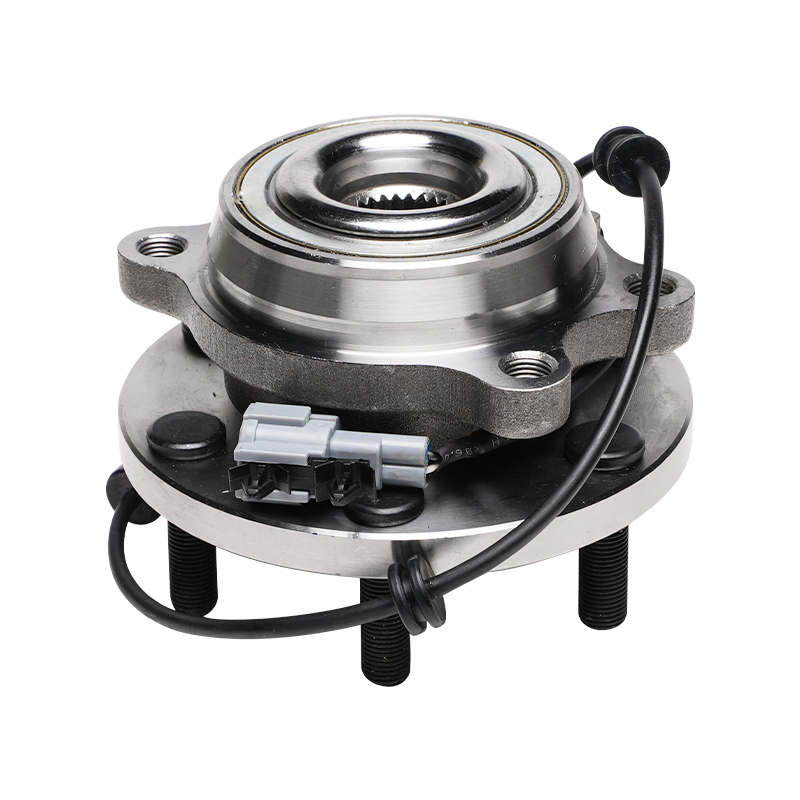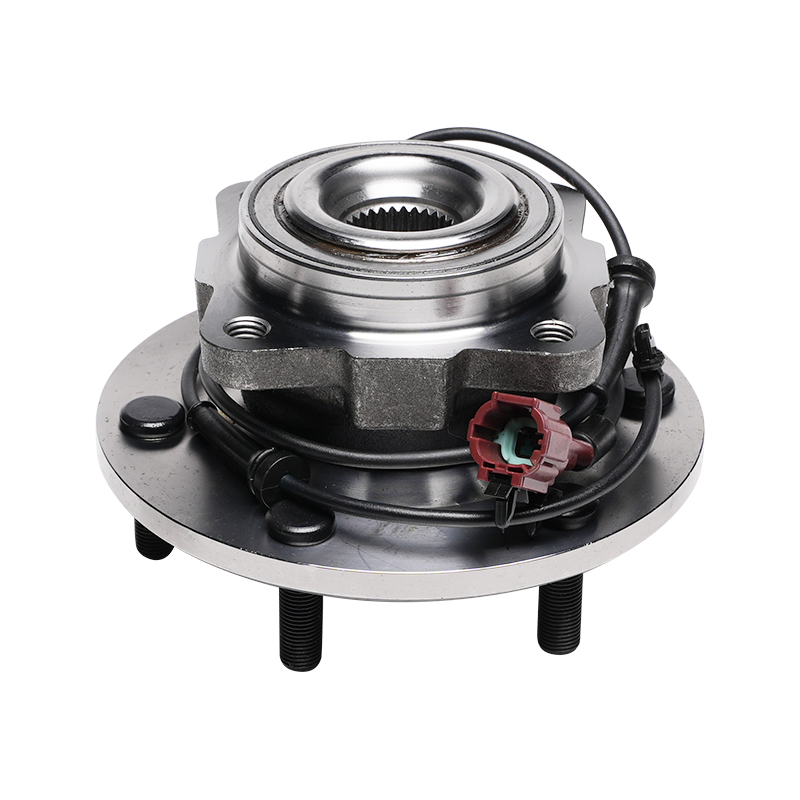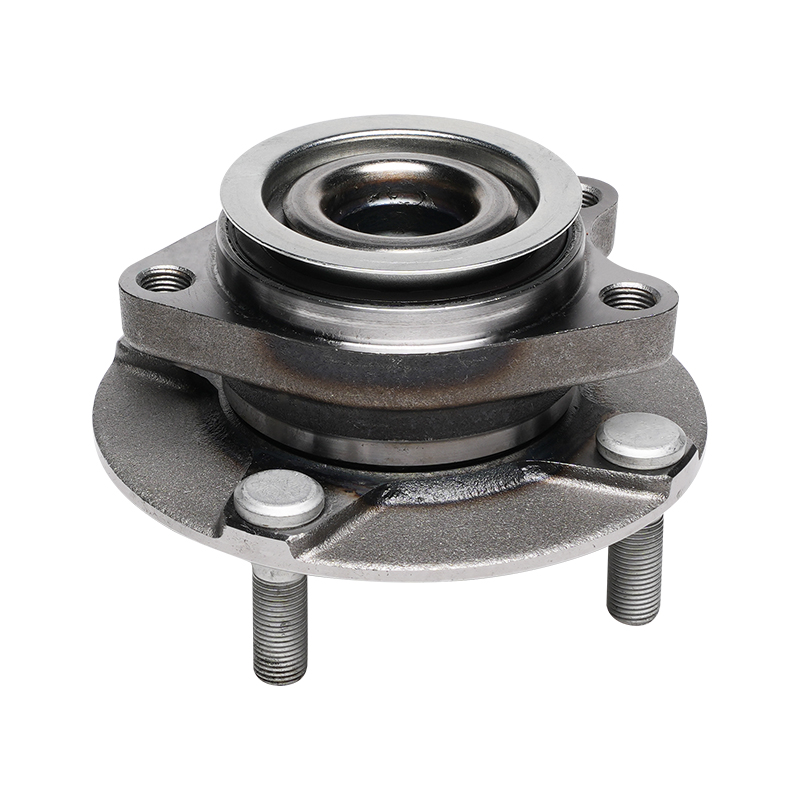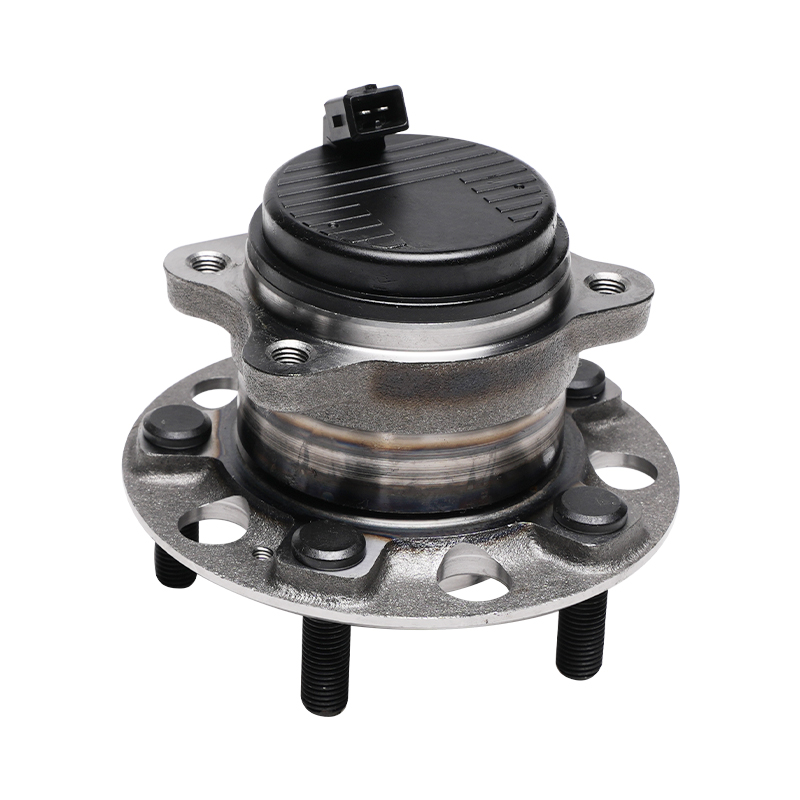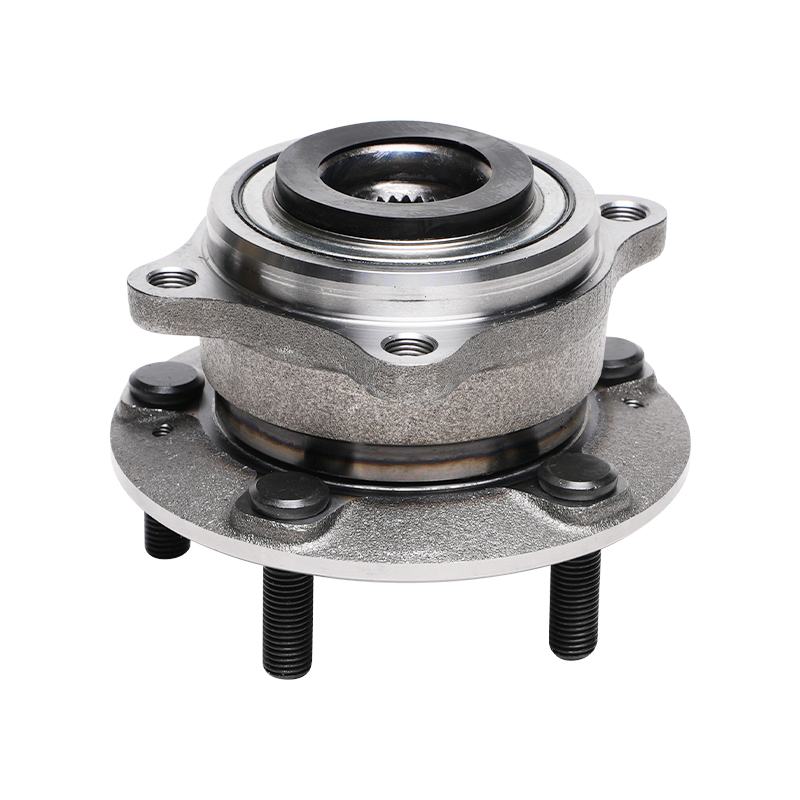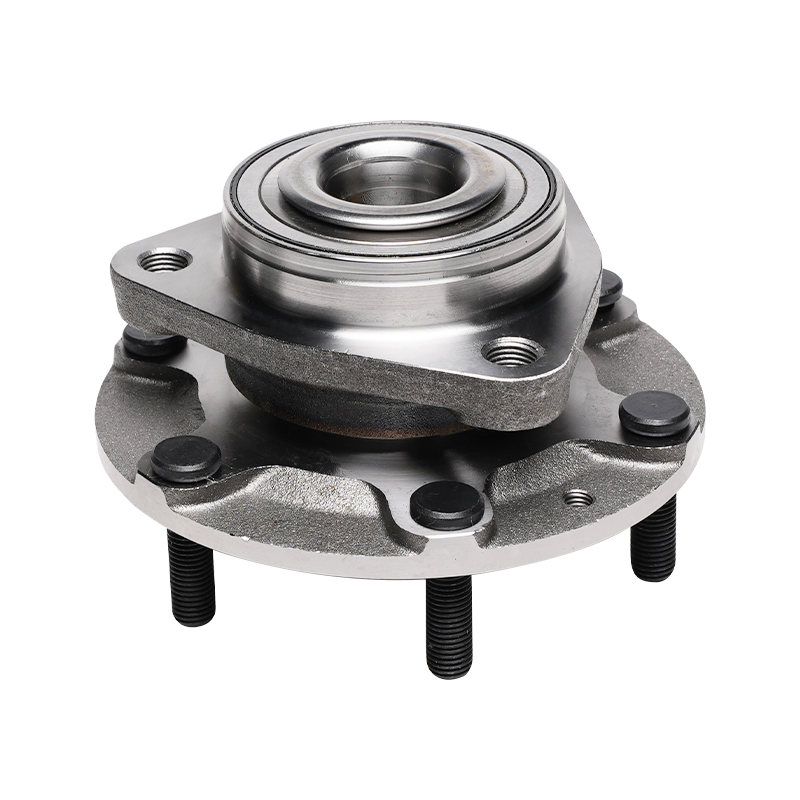Request for a call today
The Core Support of Automotive Driving: The Technical Secrets and Future Trends of Wheel Hub Bearing Units
 2025.08.08
2025.08.08
 Industry News
Industry News
In the automotive chassis system, one component constantly bears the dual pressures of vehicle weight and road impact, yet it's often overlooked by average drivers: the wheel hub bearing unit. As the crucial link between the body and wheels, it must not only accurately transmit power but also maintain stable wheel rotation. Its performance is directly related to vehicle handling, safety, and comfort. As the automotive industry transitions toward electrification and intelligent driving, wheel hub bearing units are evolving from traditional mechanical components to integrated, intelligent systems, becoming an invisible indicator of a vehicle's core competitiveness.
From Mechanical Coupling to System Integration: The Technical Core of Wheel Hub Bearing Units
A wheel hub bearing unit is essentially a precision mechanical system, its core consisting of an inner ring, outer ring, rolling elements, cage, and sealing structure. The precision of these components is measured in microns; even the slightest error can lead to abnormal noise, vibration, or even failure. Unlike traditional split bearings, modern wheel hub bearing units utilize a monolithic design, integrating the bearing with components such as the wheel hub flange and sensor bracket. This integrated design not only reduces assembly errors but also significantly improves structural rigidity.
Advances in materials science have laid the foundation for breakthrough performance in wheel hub bearing units. The outer ring is typically made of high-strength case-hardened steel, with a hard, wear-resistant layer formed through a surface hardening process. The inner ring, on the other hand, requires a balance of toughness and strength to handle frequent torque transmission. Rolling elements are often made of ceramic or high-strength bearing steel. Ceramic materials are becoming increasingly popular in high-end vehicles due to their low friction coefficient and high-temperature resistance, effectively reducing energy loss during driving.
Sealing technology is another major technical challenge in wheel hub bearing units. While the vehicle is in motion, the bearing's interior must maintain a clean, lubricated environment while protecting it from external contaminants such as mud, water, and dust. Modern seals utilize a double-lip design, combining specially formulated rubber materials with a metal frame. This ensures a tight dynamic seal while also withstanding deformation caused by extreme temperature fluctuations, ensuring stable operation in environments ranging from -40°C to 120°C.
Load-bearing and sensing: the dual mission of the wheel hub bearing unit
During vehicle operation, the wheel hub bearing unit primarily fulfills its load-bearing function. When stationary, it must support the vehicle's weight; when dynamic, it must also handle impact loads from road bumps and lateral forces during cornering. The magnitude of these forces fluctuates dramatically with driving conditions. For example, during emergency braking, the load on the bearing can instantly increase several times, necessitating rigorous verification of its structural strength.

In addition to load-bearing, modern wheel hub bearing units are also equipped with sensing capabilities. To meet the requirements of vehicle stability control (ESC), many wheel hub bearing units incorporate wheel speed sensors. These sensors detect the bearing's rotational speed and transmit real-time signals to the onboard computer, enabling the system to adjust brake pressure or engine output to prevent the vehicle from skidding. This integrated design not only saves space but also improves signal transmission accuracy, providing a crucial safeguard for vehicle active safety.
Adapting to Change: Wheel Hub Bearing Technology Upgrades in the New Energy Era
With the rapid development of new energy vehicles, wheel hub bearing units face new technical challenges. Compared to traditional fuel vehicles, the motors in new energy vehicles deliver greater torque output and more direct torque variations, requiring bearings to possess higher fatigue resistance and dynamic load-bearing capacity. Furthermore, new energy vehicles place even higher demands on quietness, requiring bearings to maintain minimal vibration and noise during operation. This requires optimizing the precision of rolling elements, the structure of cages, and even the use of new lubricants.
Wheel hub bearing units are an indispensable and critical component in automotive driving systems. Their technological evolution not only reflects the state of the automotive industry but also directly impacts the driving experience of every driver. From sophisticated mechanical design to intelligent integrated innovation, wheel hub bearing units are supporting the automotive industry's progress towards a safer, more efficient, and smarter future with continuously improving performance. For consumers, understanding the importance of wheel hub bearing units can help them pay more attention to detail during vehicle maintenance and use, ensuring safe and comfortable driving.

